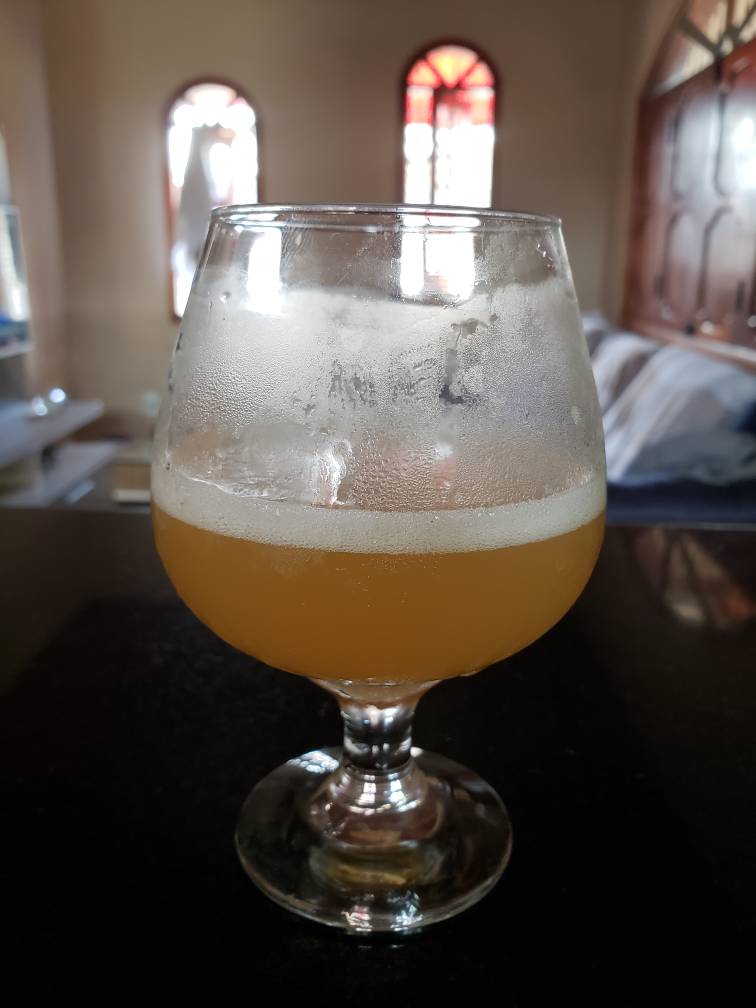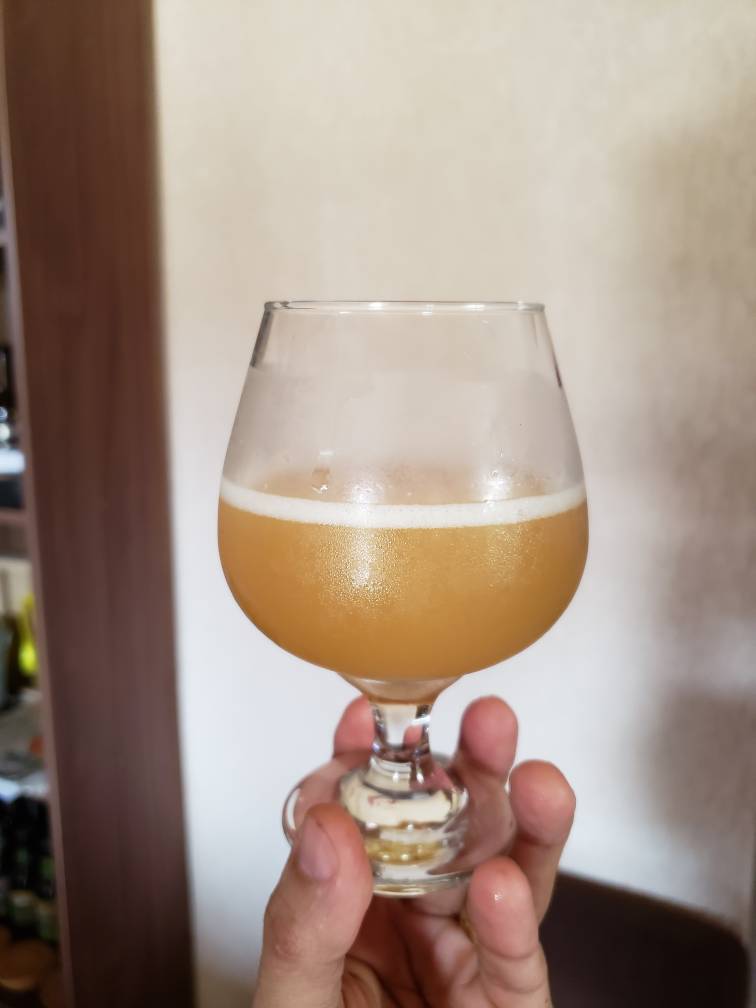Thanks, a few others have arrived at that number too. So, a bit more than 1 ounce per gallon for dry hopping. (See my discussion above.) I should note that the range was 400 - 800 g/hl for optimal dry hopping. I assume we'd want the high end for NEIPA's (the study was not just for NEIPA's).
The author says that dry hopping above that rate is a waste of hops, because the relationship is not linear. Adding more dry hops above a certain level does not result in more aroma/flavor, as others have noted in this thread.
(In my post above, I note that I personally feel 1.5 might be the right rate for me, but I am still dialing in my processes and perhaps I will be able to lower the amounts eventually. I tried lowering the amounts for my last NEIPA, and it ended up tasting like a flavorful DIPA, which was fine, but not what I am trying to brew.)
I have not the read the other studies by Shellhammer yet -- that dry hopping one caught my eye first. I wonder if he or anyone else has done a hot side study? What is the max hot side hops before we are wasting them? Extraction should be higher on the hot side, right? So maybe we can/should use less hops? Or, maybe we can use MORE and get more flavor?! (I generally assume 50:50 split, so equal amounts hot and cold side --but I very much want to learn more and hear other folks thoughts about this.)
On a related note, in the new BYO Mag (May - June), in the letters section, a writer asked if 8 ounces of dry hops in a 5-gallon NEIPA recipe in the previous magazine was a mistake. The recipe editor said that 8 ounces was correct, and that some commercial breweries were using the equivalent of 27 ounces of hops total in a 5 gallon batch!
Shellhammer would say they are wasting hops, but I found that very interesting... Of course, just cuz commercial breweries do something, it doesn't mean it's the right way to go. But I'd sure love to know what brewery is using that much! If it's Toppling Goliath or a brewery that is making NEIPA's I love, it would sure make me increase my amounts.







